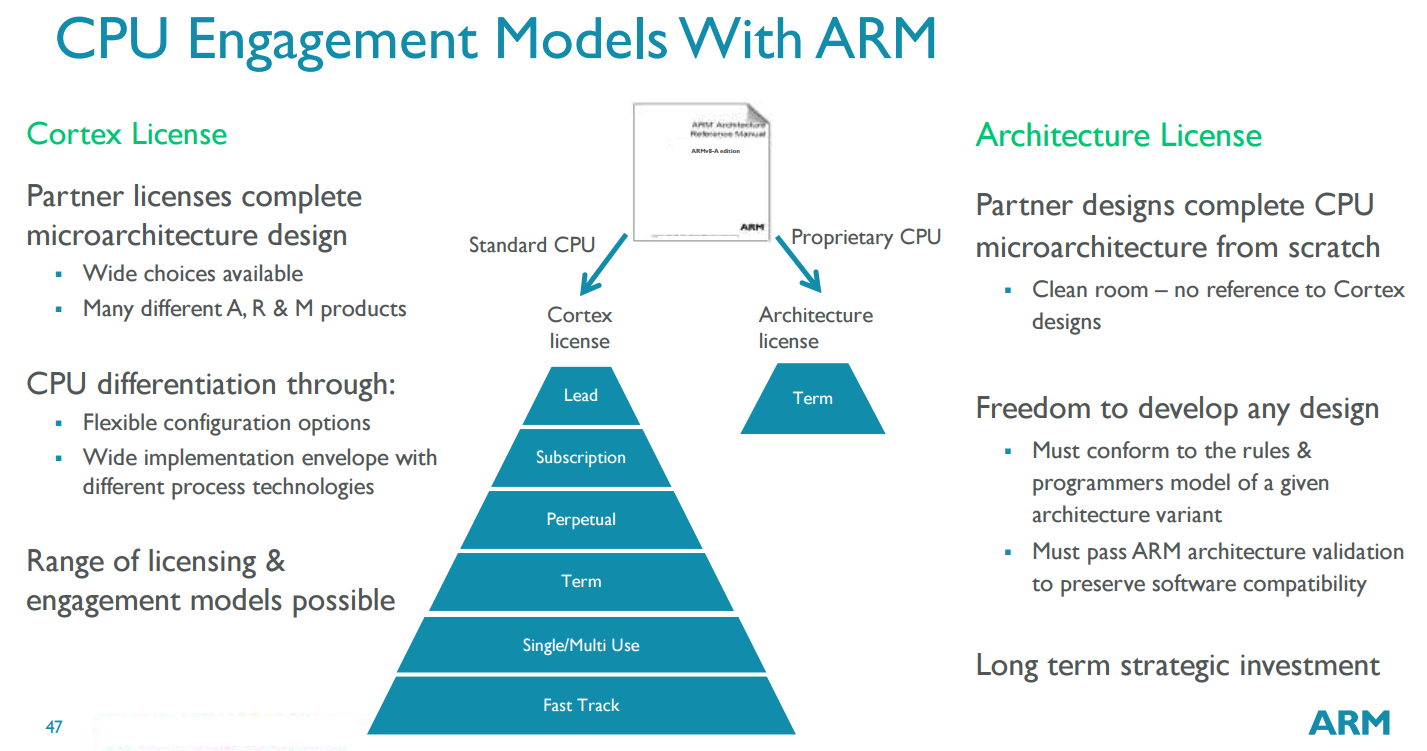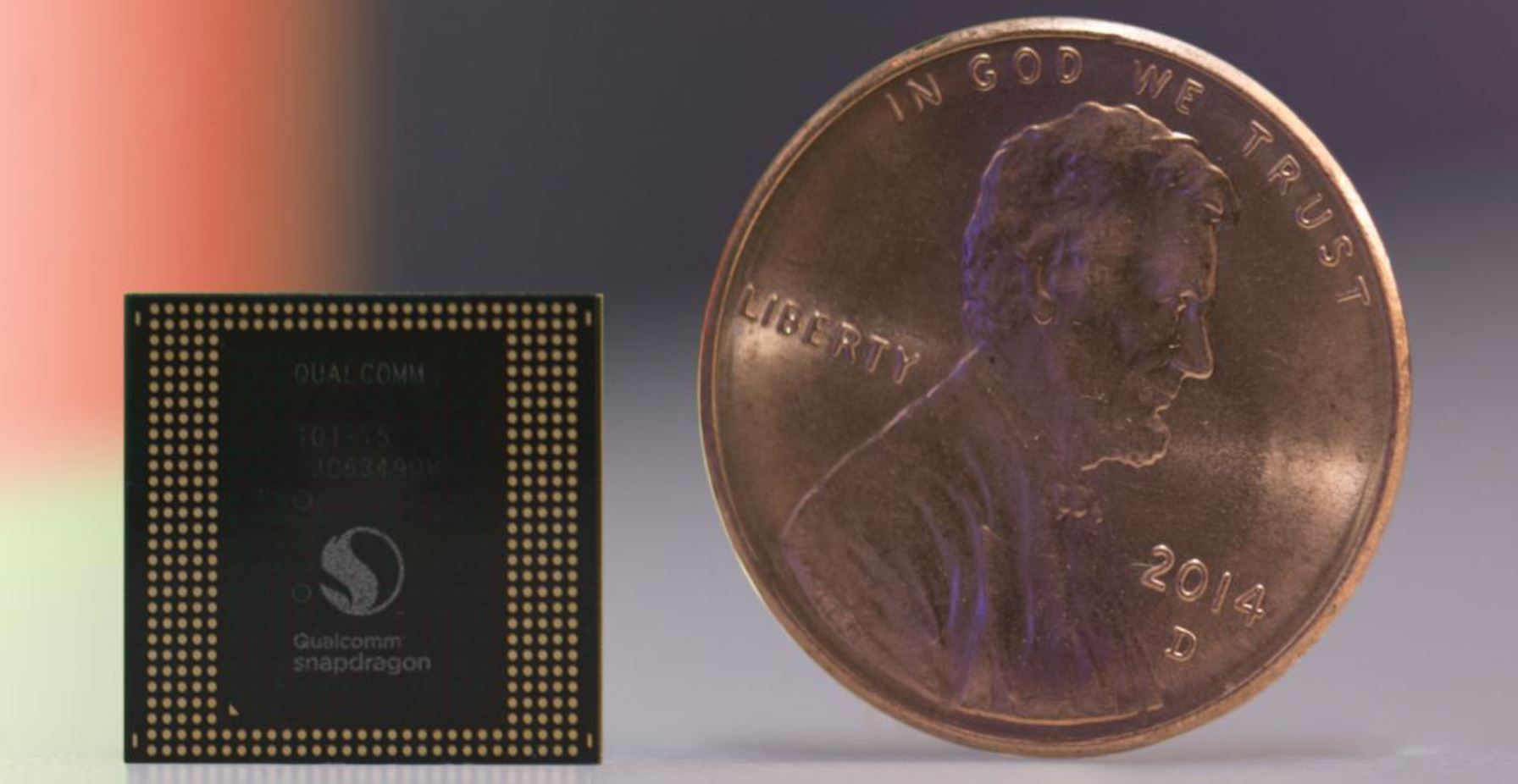Affiliate links on Android Authority may earn us a commission. Learn more.
Qualcomm's Kryo 280 and 'Built on ARM Cortex Technology' explained
One of the most interesting revelations about Qualcomm’s new Snapdragon 835 mobile application processor is intriguing new semi-custom design Kryo 280 CPU core. Unlike last year’s fully custom Kryo core in the Snapdragon 820 and the off-the-shelve ARM Cortex-A72 and A53 found inside the Snapdragon 810, the Kryo 280 uses ARM’s latest Cortex licensing agreement. The Kryo 280 is also the first semi-custom ARM CPU design to make its way into a customer grade processor.
ARM unveiled the latest part of its Cortex licensing arrangement back in May 2016. This licensing range offers up a selection of options depending on what the vendor is looking for. This can range from early lead access to a new micro-architecture through to the latest “Built on ARM Cortex Technology” license, which is what Qualcomm has used to design the Kryo 280.
The Cortex License allows partners to customize existing Cortex-A, M, and R products with a selection of configuration options to adjust performance, power efficiency, and other characteristics. This is more of a set menu than a buffet though, as there are strict rules about what and how partners can design their custom Cortex chip. Although partners retain branding freedom around the CPU, hence why Qualcomm can keep using its Kryo despite using Cortex-A technology.

By comparison, Qualcomm’s custom Kryo and Krait CPU designs in the past have made use of an Architecture License from ARM. This grants the designer much greater freedom to design their core however they like and it doesn’t have to make any reference to an existing Cortex design. The only condition is that the CPU must retain 100% compatible with ARM’s instruction set (in these cases ARMv8 and ARMv7), by passing the company’s architecture validation.
So what about the Kryo 280?
Unfortunately, Qualcomm is keeping tight lipped about the type of Cortex-A core that it has based it’s Kryo design on, as well as the exact changes that it has made to the core design. We suspect that Qualcomm has based Kryo 280 on ARM’s latest high performance Cortex-A73 design, especially as both the core and the chip boast about sustained peak performance over previous design. Although this is just a hunch.
The semi-custom licensing arrangement allows for designers like Qualcomm to request tweaks to certain aspects of the processor design, such as the instruction window size, increasing the size of resources in the pipeline, or adjusting the buffer of the branch predictor. For example, a larger out-of-order instruction window, which determines the number of instructions that can be executed out-of-order, would increase performance at the cost of more die space and power consumption. On the other hand, optimizing the branch predictor can be helpful for eking out the best performance based on the core’s other resources. Again though, there hasn’t been any official word on these exact details when it comes to the Snapdragon 835.
What’s particularly interesting about Kryo 280 is that Qualcomm appears to be using the same core for both it’s high performance and energy efficient clusters. This is unlike big.LITTLE designs which typically pair a low power Cortex-A53 along with a bigger A72 or A73.

It appears that Qualcomm has made different tweaks to the same ARM Cortex CPU design for its Performance and Efficiency clusters. Making adjustments to some of the previously mentioned attributes should allow Qualcomm to make a number of space and efficiency savings above and beyond just lowering the clock frequency. This will help save power instead of using a smaller less capable core design, while retaining some of the performance benefits of a more powerful Cortex A design. Such a middle ground CPU design would fit in nicely with Qualcomm’s target to run 85 percent of processing time on the Snapdragon 835’s efficient cores.
Whatever Qualcomm has done, it’s important to note that other licensees aren’t privy to the tweaks that other developers make to their “Built on ARM Cortex Technology” SoCs. Even through the Kryo 280 is based on an ARM Cortex design and intellectual property, it will remain exclusive to Qualcomm’s processors.

Wrap Up
The launch of the first “Built on ARM Cortex Technology” mobile application processor its a major milestone for both ARM and Qualcomm. For ARM, it’s not just another important licensing deal for a flagship processor, but vindication that it’s Cortex-A designs are still propelling the market forward and that the industry’s biggest processor manufacturer is finding use for its portfolio of development tools and options. After all, Qualcomm states that it assess and picks the best component options each generation, and this year the company has concluded that a custom ARM part is the best available technology for its Snapdragon 835 processor.
For Qualcomm, the Kryo 280 not only offers up some compelling performance and power efficiency improvements for consumers, but is also an important differentiator to separate its products from the increasingly competitive mobile SoC market. Marking use of ARM’s latest licensing option ensures that Qualcomm is staying at the top of the mobile processor market.